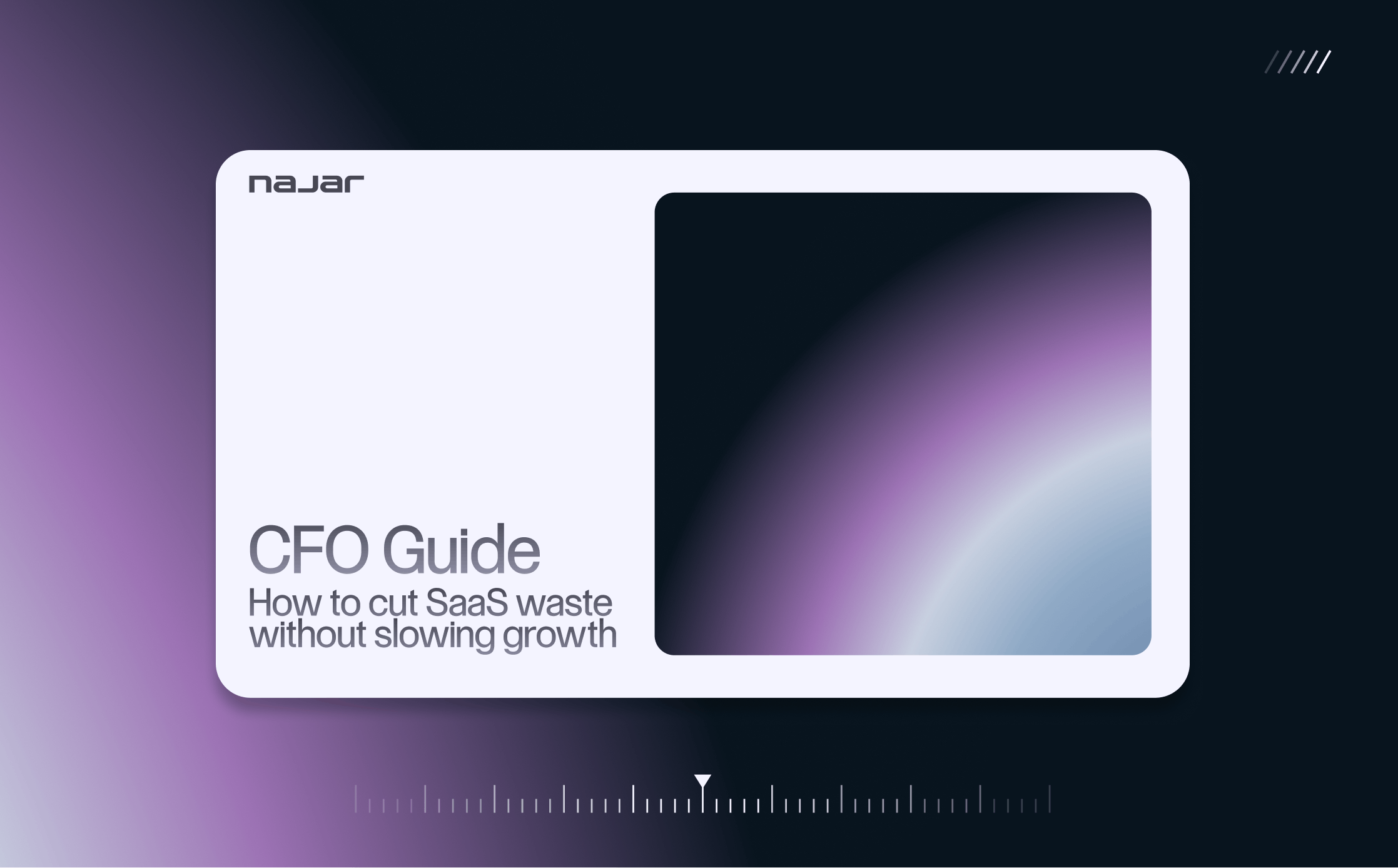A "tech stack", also known as a "technology stack" or "technology architecture", represents all the software used to develop and operate an application or IT system.
From frameworks to databases and development tools, the tech stack groups together a large number of programs. Managing these SaaS tools can become an organizational, financial and human challenge.
Here are some ideas for establishing effective strategies for managing these multiple SaaS solutions within your company.
What are the Challenges in Managing Multiple SaaS Solutions?
The delicate integration of SaaS tools
Managing multiple SaaS tools represents a real challenge in terms of integration. Not all the SaaS software you use comes from the same service provider. It is therefore necessary to integrate them seamlessly to ensure smooth operation.
This means connecting these systems so that they can communicate and exchange data. The interoperability of different SaaS solutions is not always obvious, as they may use different data formats or structures.
The ordeal of data silos
Good data synchronization and communication between software solutions are therefore points of vigilance that deserve your full attention. Data flows must remain coherent and act in real-time to avoid creating silos of compartmentalized data.
Lack of interconnection between applications hampers collaboration and the operational efficiency of your system. Employees are forced to switch from one application to another to access the data they need. This can lead to delays and even errors.
What's more, it's difficult to analyze all this data comprehensively and clearly when it's scattered across several tools. Breaking down these potential silos is the key to informed decision-making and improved team efficiency.
SaaS tools add costs
Each SaaS solution requires a separate subscription, which represents a cost. The price of these subscriptions also evolves according to the use of the functionalities offered. As your business grows, so do your company's needs, and the associated costs.
So it's crucial to optimize the number of SaaS solutions your teams use on a daily basis. To do this, we recommend that you closely analyze the offerings of each software solution you use to shape an optimal tech stack.
Building a scalable tech stack
Perform a SaaS audit
To build an effective, scalable tech stack, it's important to start with a thorough audit of the SaaS tools used by your staff. This will enable you to identify solutions that are redundant or under-utilized by your teams.
Once you've identified these superfluous tools, you'll need to remove them or replace them with other, more appropriate tools. Keeping the wrong SaaS tool in your tech stack can have significant negative consequences for your business.
Leverage automation tools
To streamline processes and reduce manual work, we recommend you make judicious use of the automation tools at your disposal.
Solutions such as Zapier and IFTTT enable you to connect and coordinate the actions of your multiple SaaS applications.
These tools enable you to configure triggers that automatically launch actions when certain conditions are met. For example, you can program the automatic sending of notifications or the synchronization of data between your different applications.
Examples of companies with well-thought-out tech stacks
Slack
The famous communication platform, widely used in business, has created a particularly effective tech stack. It offers completely seamless integration with numerous solutions such as Notion, Google Drive and Dropbox, among others.
The API interface enables users to easily connect Slack with other tools. Slack has created an optimized, fluid work interface, which explains its great success.
Netflix
The streaming platform has created a cutting-edge tech stack thanks to its automation and orchestration tools. These are capable of managing particularly complex workflows.
Netflix has even developed its own internal integration platform, the Netflix Data Platform. This centralizes and manages countless user data on a massive scale.
How about implementing a well thought-out tech stack strategy to optimize your processes and avoid unnecessary costs? Use our Savings Calculator to calculate your potential savings in just a few clicks.
Managing multiple SaaS solutions: best practices
Agile integration
When choosing the SaaS software that will make up your technology stack, give priority to those with open programming interfaces (or open APIs), with robust integration capabilities.
Open APIs enable easier communication and data exchange between different applications, and therefore smoother integration. As a result, you can optimize data synchronization between your different tools, and guarantee flexible processes within your system.
Ensure data security
When managing multiple SaaS solutions, data security is a major issue. It's absolutely essential to check that all your software complies with the security and confidentiality standards in force for your business.
Points of attention to defining include access and user rights management, compliance with GDPR or equivalent, or protection of sensitive data, among others. Keep a close eye on these issues when defining the software that makes up your tech stack.
We recommend that you implement robust security procedures or use monitoring and risk management tools. These are specifically designed to ensure the security of the data in your tech stack.
Continuous optimization of the technology stack
It's important to evaluate your tech stack regularly to ensure it's optimized. Your business changes over time, and so do its objectives and needs. It is therefore necessary to constantly adapt your technology stack so that it continues to serve your growth.
By carrying out regular cost-benefit analyses and keeping an eye on market developments, you can adapt to changes in your business and market innovations. Your tech stack will then remain aligned with your objectives and overall strategy.
Conclusion
Building a tech stack and managing multiple SaaS applications is a major challenge for any company. Above all, it's important to choose solutions that offer seamless, secure data integration.
The technology stack must be constantly optimized to keep pace with changing business objectives and needs. By building an efficient, scalable tech stack, you're putting all the chances on your side to remain competitive in a constantly evolving environment.



